Gintama is an anime that continuously receives rave reviews from critics and fans alike. So, why is Gintama so popular?
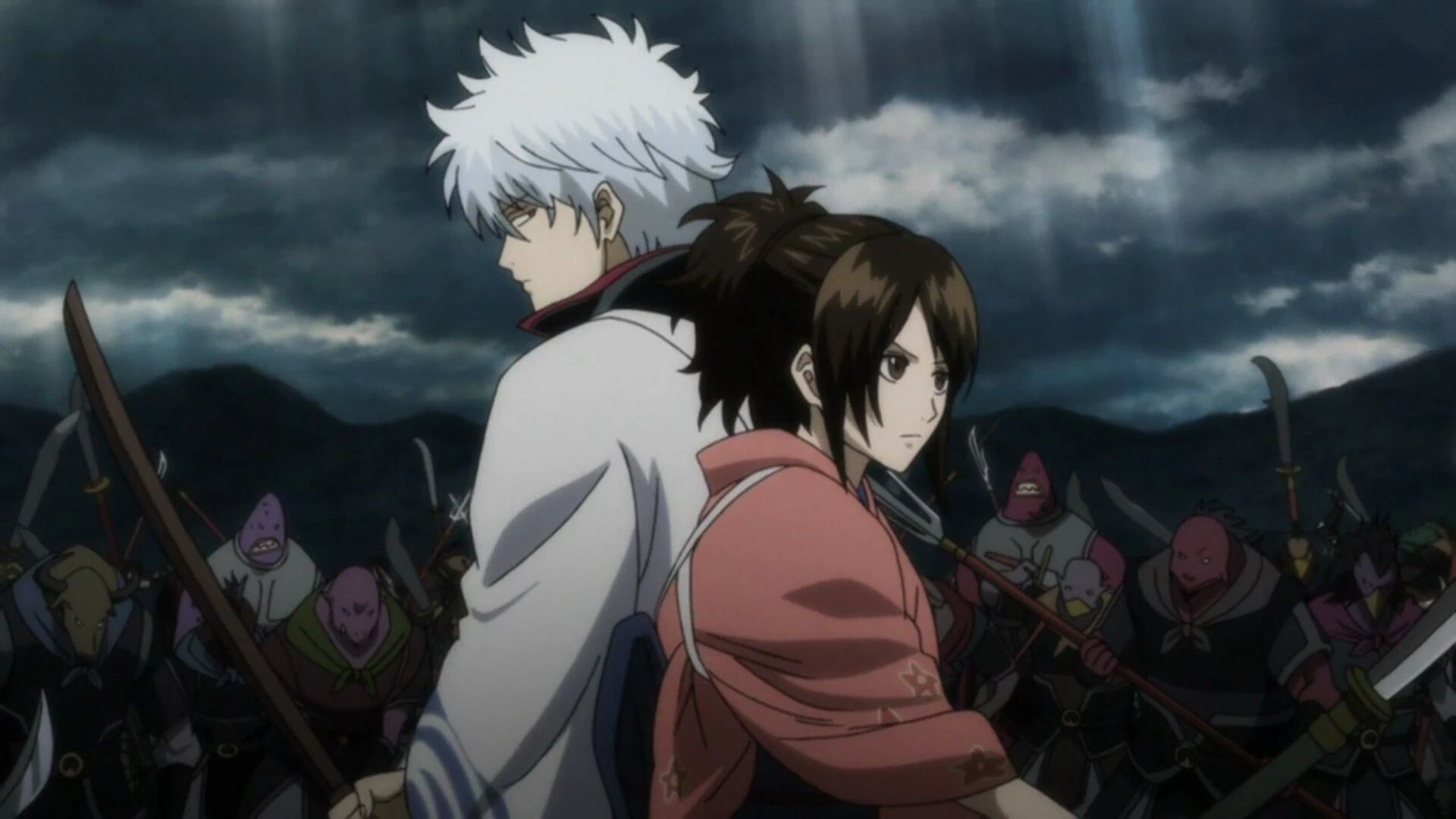
Created by Hideaki Sorachi, Gintama has captivated a large fan base for over two decades. Featuring multiple seasons and movies, the show has consistently received high praise. This leads to the question—why is Gintama so popular?
Gintama presents a unique blend of comedy, drama, and history while frequently parodying pop culture. The series is absurd, hilarious, and unlike any other anime. Let us take a deeper look into this.
What Is Gintama About?
Set in the Edo Period of Japan, Gintama follows a society where aliens and humans live together. Due to tensions between the two species, the Shogunate decides to ban samurai and swords.
Despite this, one person spends his days carefree, wielding his sword. Gintoki Sakata, a lazy and eccentric protagonist, makes a living by completing odd tasks for his clients. During his adventures, he picks up two kids to assist him—Kagura, an innocent alien with superhuman strength, and Shinpachi, the “straight man” character in the trio.
Together, the Odd Jobs Trio spends their days getting into all kinds of shenanigans and chaos. While Gintama is undoubtedly a funny series, during its final episodes, it takes on a more serious tone.
The scale of the series increases, featuring dangerous villains and extremist factions. With high-stakes battles and commentary on themes such as loyalty and self-identity, Gintama has a foot in most genres.
Gintama’s Comic Elements
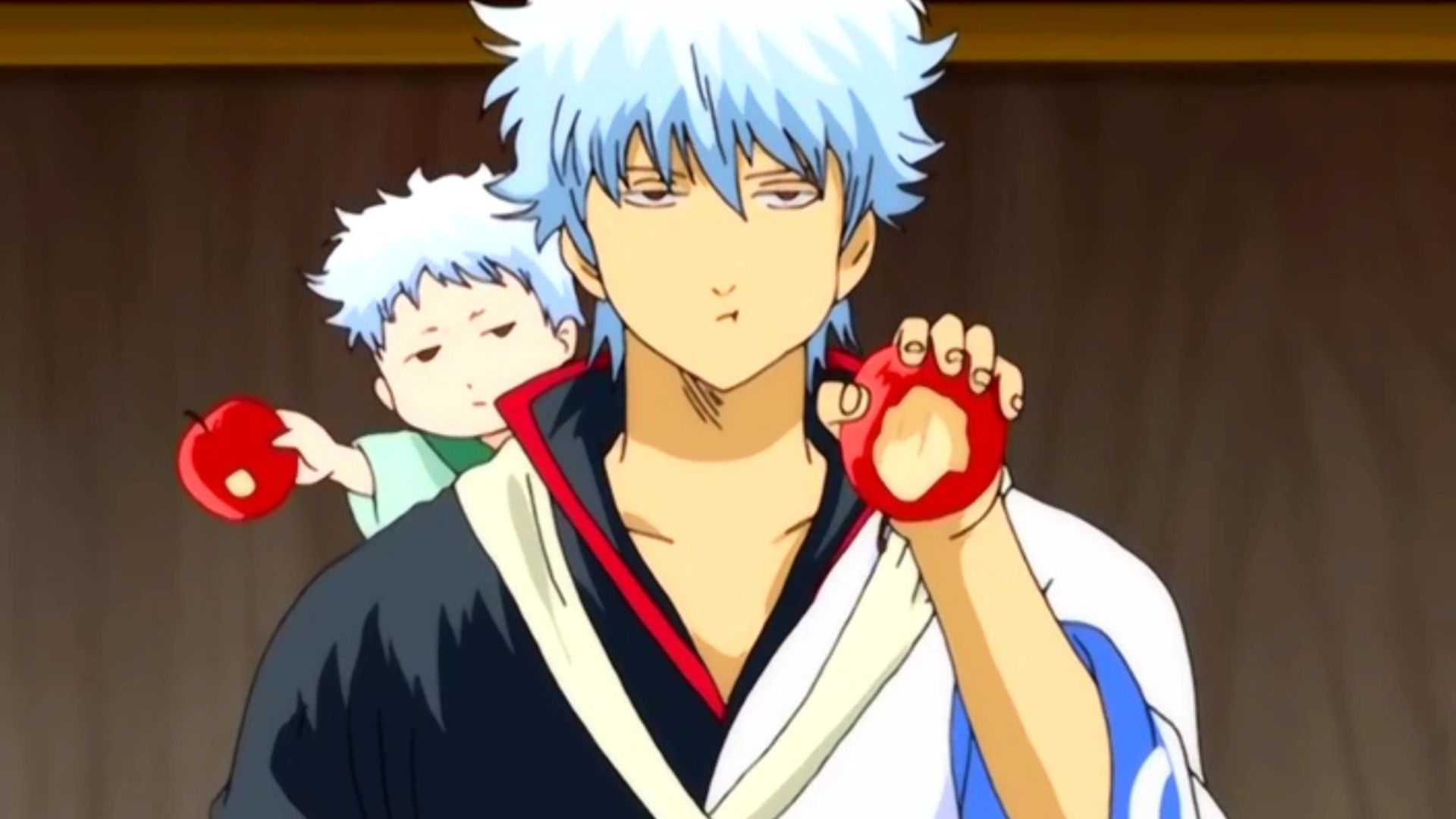
At its core, Gintama is a comedy anime that features various types of humor. It has plenty of slapstick comedy that follows the clumsy and humorous actions of its main cast. Whether it’s falling off their bike during the intro sequence or impromptu rap battles, the series is absurd and keeps fans on their toes with randomly funny events.
The series references many historical figures while presenting a funnier take on them. Through clever gags and self-aware irony, Gintama shines in its impeccable comedic timing. Along with this, the series also has memorable quirks for all its characters. These range from Gintoki’s laziness, Kagura’s outrageous appetite, and Katsura’s tendency to correct people when they call him Zura.
Another comedic element Gintama constantly applies, and one that is more common in anime nowadays is the fourth-wall break. There is an invisible fourth wall that differentiates the characters of an anime from the audience watching it.
Gintama frequently breaks this fourth wall, directly addressing fans and its identity as an animated series. For example, in one filler sequence, Gintoki explains the meaning and purpose of filler episodes, acknowledging himself as a character while providing insights into the anime industry.
Despite having no connection to the actual story of Gintama itself, these random events not in continuation with the plot provide a lighthearted yet engaging tone.
Hence, while the series often looks like it is just going with the flow, it is carefully crafted, blending together several elements of comedy. The most glaring comedic element in Gintama, of course, is the parody of other anime.
How Gintama Parodies Other Anime
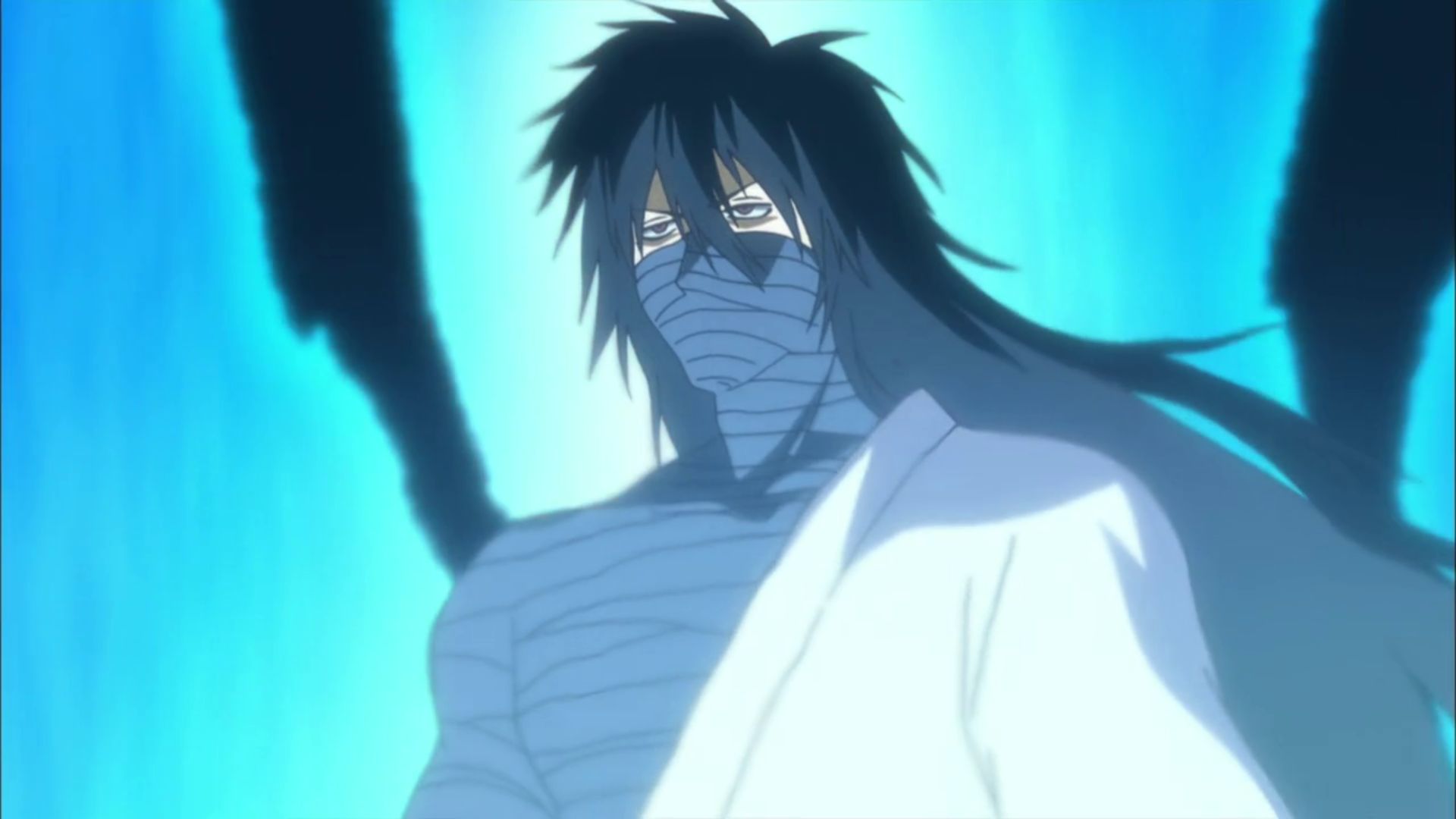
A parody is a humorous imitation of a particular piece of content, often done in an exaggerated manner. These are not common in anime and manga as they can lead to legal copyright troubles for creators.
Sorachi, however, fully embraced this ‘forbidden’ nature of reference and used several parodies in Gintama. The series spares no expense in making obvious references to various anime.
For example, an episode of Gintama starts by talking about how the world has entered the Great Pirate Era, and Gintoki has left to find the Pirate King’s Treasure to become rich.
There are also other moments, such as when Gintoki’s character resembles Goku’s design and he prepares to take the Chunin Hunter Hero Exam along with Kagura. One of the most popular parodies in Gintama is the time when Gintoki used the Bankai.
Rather than simply imitating popular anime, Gintama also offers its own funny twists on them. Gintoki singing the Doraemon theme in a haunted house and refusing Zangetsu’s invitation to become stronger are examples of how the series cleverly weaves references and pokes fun at tropes.
Gintama’s parodies of the Big Three anime, Dragon Ball, Assassination Classroom, and countless other anime are its way of showing respect to the creators of those series. This also gives a feeling of special connection to fans of the original anime when they see a hilarious reference to their favorite stories.
The Reasons for Gintama’s Popularity
There are multiple reasons why Gintama is so popular:
1) Comedy
As mentioned above, Gintama used one-of-a-kind comedic styles to leave fans laughing throughout every episode. Through references—both niche and popular media—it interacts with viewers while connecting them to its humor.
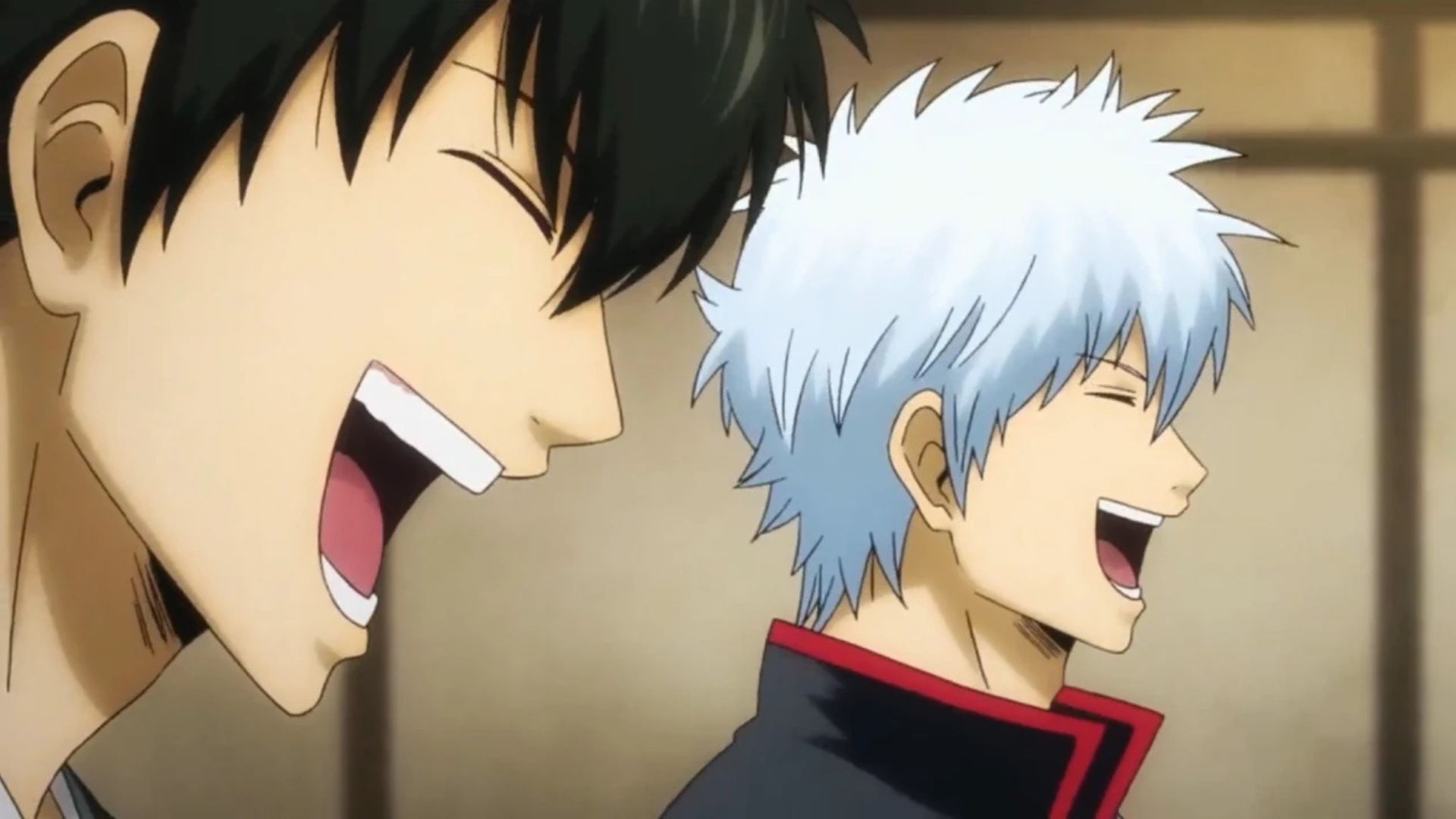
2) Distinctive Characters
A big boost to the comedy of the series is its unconventional characters and their irregular quirks. Characters such as Gintoki, Kagura, and Shinpachi are relatable due to both their flaws and attributes. Apart from them, even the side cast has memorable backstories and plays a recurring role in the story.
3) Action and Drama
Since fans are already invested in the characters and world of Gintama through hundreds of comedy-filled episodes, they are equally intrigued when the serious arcs come later. With high stakes and clashing ideals, the drama and shift in tone keep them on the edge of their seats.
4) Humane and Serious Elements
Despite humor being the major reason for its popularity, Gintama shines brightly when portraying humane and emotional moments of daily life. Gintoki is a complex character whose past is filled with trauma and loss. This allows him to be compassionate toward those around him.
Even minor characters such as Madao have episodes that cover their struggles and attempts to find happiness. This added layer of depth and seriousness resonates with viewers, providing a familiar element.
5) Meaningful Themes
Through its humorous and intense arcs, Gintama always conveys themes of friendship, honor, and overcoming challenges. Hence, even with funny moments, there are always lessons that inspire fans.
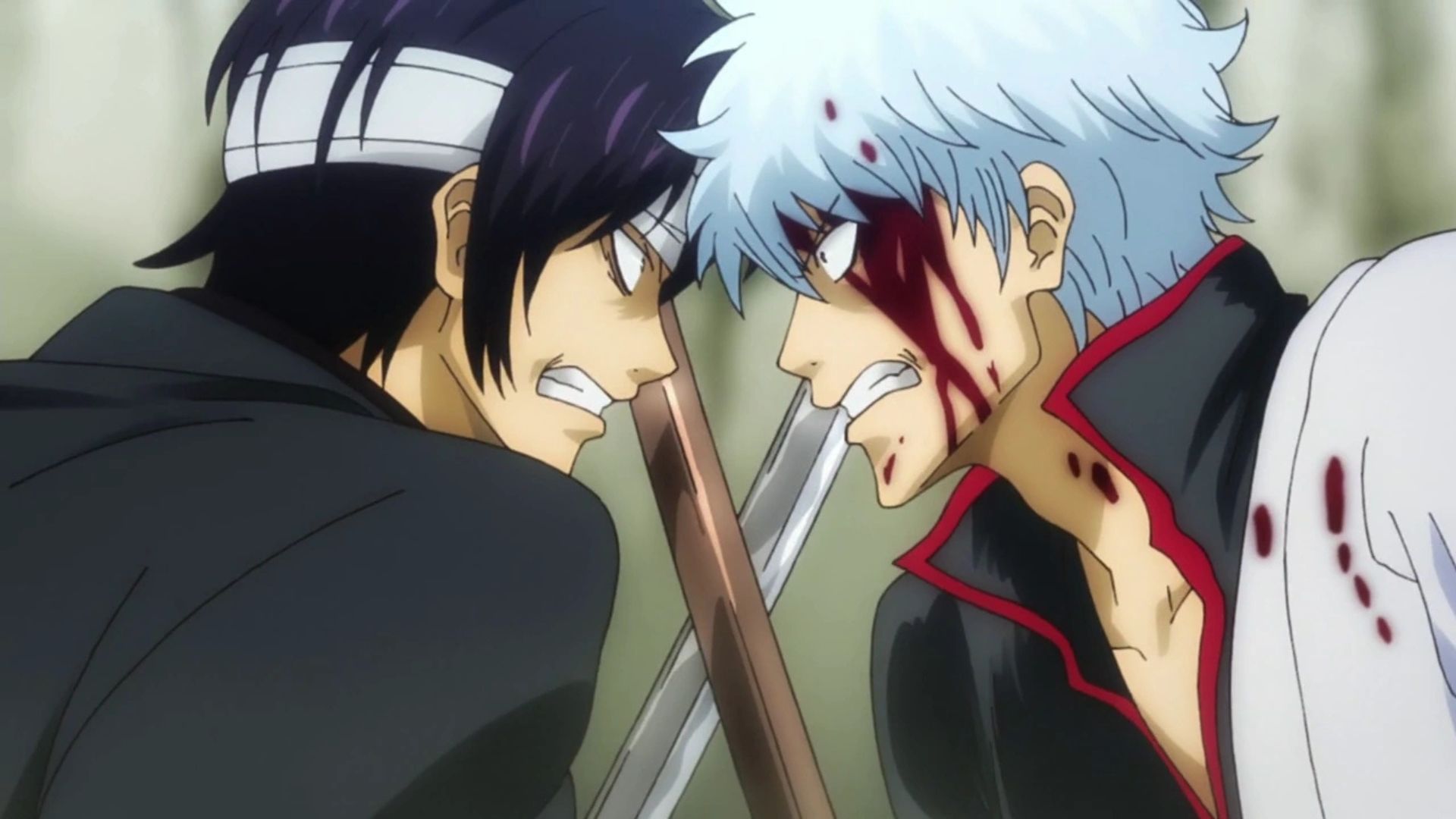
6) Breaking Boundaries
Gintama breaks away from the traditional norms of anime and constantly experiments with new storytelling styles. Whether it be incorporating meta-humor, presenting gags through famous events, parodying popular anime, or revealing shocking twists, it is never held back by a ceiling. This groundbreaking achievement is recognized by fans, and its efforts are rewarded through their love.
Conclusion
To conclude, Gintama’s popularity is undoubtedly well-deserved. It is a meticulously written series with a mix of genres that delivers an impactful story. At its funniest, Gintama can make viewers cry with laughter, and it can also cause them to shed tears because of its dramatic storylines.
Looking For More?
Thank you for reading the article. We provide the latest news and create guides for Baldur’s Gate 3, Starfield, ARK Survival Ascended, and more. Also, watch Deltia play games on Twitch or visit his YouTube channel!
 Reddit
Reddit
 Email
Email


